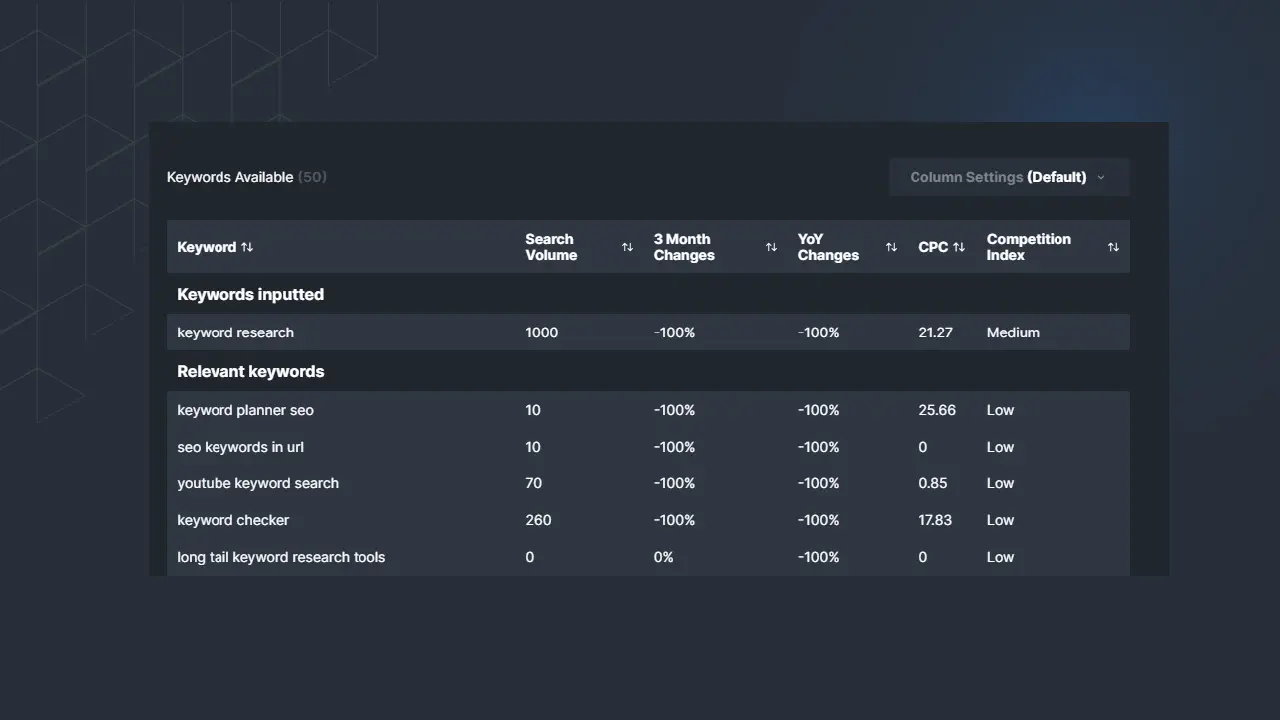Keyword Competition Analysis: Techniques to Gain SEO Triumph
SEO involves a multitude of strategies and techniques aimed at improving visibility and driving organic traffic from search engines. One critical aspect of SEO that often determines the effectiveness of these efforts is keyword competition analysis.
This article aims to dive into the intricacies of keyword competition analysis and equip SEO practitioners with effective techniques to gain an edge in their optimization efforts.
What Is Keyword Competition?
Keyword competition refers to the level of competition among websites and businesses targeting a specific keyword or phrase in search engine results. It measures the difficulty of ranking organically for a particular keyword, considering the number and quality of competing pages that target the same keyword.
By gaining a thorough understanding of keyword competition, businesses can make informed decisions about keyword targeting and optimization efforts.
Factors Influencing Keyword Competitiveness
Keyword competition is influenced by various factors, such as the number of websites targeting the keyword, their authority and relevance, the quality and optimization of their content, and the overall demand for the keyword in search queries.
- Search Volume: The search volume represents the number of times a keyword or phrase is searched for in search engines. Keywords with higher search volumes tend to have more competition due to increased demand.
- Competition Level: The number and quality of websites actively targeting a specific keyword play a significant role in determining its competitiveness. Highly competitive keywords often have established websites with strong domain authority competing for top rankings.
- Keyword Relevance: Keywords that closely align with the content and intent of a website are considered more relevant. Relevance is crucial for ranking well and attracting the right audience. Highly relevant keywords may face stiffer competition.
- Backlink Profile: The number and quality of backlinks pointing to a website impact its authority and competitiveness. Websites with a strong backlink profile are often more competitive for specific keywords.
Identifying Keyword Competition Level
Differentiating between high and low-competition keywords is essential for targeting the right keywords in an SEO campaign. Here are some strategies and techniques to help determine the level of competition for specific keywords
1. SERP Analysis
Analyze the current top-ranking pages for a keyword in search engine results. If the results are dominated by authoritative websites, it indicates high competition. On the other hand, if there are relatively weaker websites ranking, it suggests lower competition.
Additionally, observe the types of content and formats that appear in the SERPs. If the results include videos, images, or featured snippets, it may imply a more competitive landscape
2. Using Keyword Research Tool
Utilize keyword research tools that provide a difficulty score or rating for keywords. These tools assess various factors, such as domain authority and backlink profiles, to estimate the level of competition.
Many Keyword Research Tools provide a keyword difficulty score or rating, indicating the level of competition for a particular keyword. This score is often based on a scale, such as 0-100, with higher values indicating higher competition.
 |
|---|
| Picture 1: Keyword Research Tool that shows competition index |
3. Looking at Industry and Niche Factors
The level of competition can also vary based on the industry or niche. Some industries, such as finance or health, tend to have more competitive keywords due to higher demand and established players.
Conversely, targeting specific niches or subtopics within an industry can present opportunities for lower-competition keywords.
Keyword Research and Selection
Comprehensive keyword research involves exploring a wide range of potential keywords to uncover valuable opportunities. Here are some key considerations when conducting keyword research
- Relevance to the Business: Start by brainstorming and identifying keywords that are highly relevant to your business, products, or services. Consider the terms your target audience is likely to use when searching for information related to your offerings.
- Understanding User Intent: It's essential to align your keyword research with the intent behind user searches. Determine whether users are looking for information, seeking solutions, or intending to make a purchase. This understanding helps you select keywords that match the user's intent, improving the chances of attracting qualified traffic.
- Keyword Variations and Synonyms: Consider different variations and synonyms of your primary keywords. Users may search using different phrasings or terminology, and incorporating these variations into your keyword list broadens your reach and potential visibility.
Conclusion
In conclusion, keyword competition analysis is a crucial aspect of SEO that empowers businesses to make informed decisions so that they can gain SEO triumph.
Through comprehensive keyword research, businesses can uncover valuable opportunities, align their content with user intent, and expand their reach.
By utilizing Keyword Research Tools for competition analysis, businesses can evaluate keyword difficulty, assess competitor strategies, and make data-driven decisions. The above tool is available for free, anyone can use it to gather valuable data about their keywords. Thus, what hinders you from trying this cool tool?